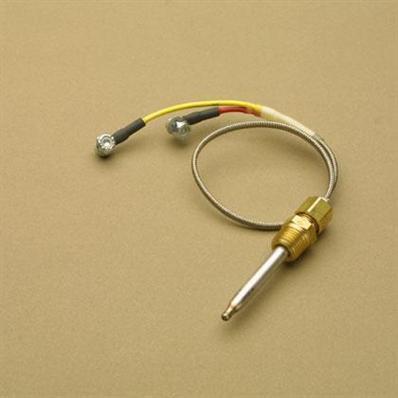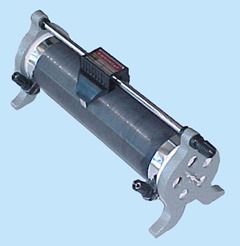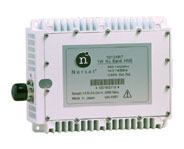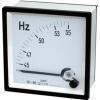A thermocouple is a temperature probe that uses two dissimilar metals join at two places. The voltage created when the metals are subjected to a temperature gradient is used to calculate the temperature. There are many different types of thermocouple, each designed for a specific temperature and sensitivity range.

How Thermocouples Work
The thermoelectric effect, also called the Seebeck effect, was discovered in 1821 by Thomas Seebeck, a German physicist. He found that a metal rod generated a small potential difference between the ends when they had different temperatures. The temperature difference causes electrons to move away from the nucleus towards the cold end, resulting in a potential difference between the ends. The Seebeck coefficient is a measure of the thermoelectric sensitivity of a material, and it's ability to induce a voltage when subjected to a thermal gradient. A thermocouple measures the difference between the unknown temperature at the probe tip and a known temperature at a cold junction, which is usually simulated by diode or thermistor.
Thermocouple Types
Thermocouples use a wide variety of metals such as iron, nickel, platinum, copper, and tungsten. They also use metal alloys such as chromel, constantan, and nicrosil. Thermocouples are identified by a capital letter marked on them. Type K are used for general use, type E are used for cryogenics, and type C are used in high temperature furnaces. There are many other types, each named after a capital letter.
Thermocouple Applications
Thermocouples are used in gas heaters to monitor the pilot flame, so if the flame goes out, a voltage drop occurs in the thermocouple that causes the electric gas value to close. Thermocouples are used in foundries to measure the high temperatures of molten metals that would be difficult to measure by other means. They are used to measure the temperature of computer chips, especially the CPU which can be destroyed if allowed to overheat. Thermocouples are also used in air conditioning and fridges.




Follow Us!